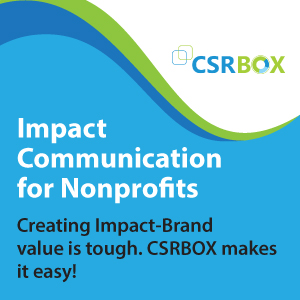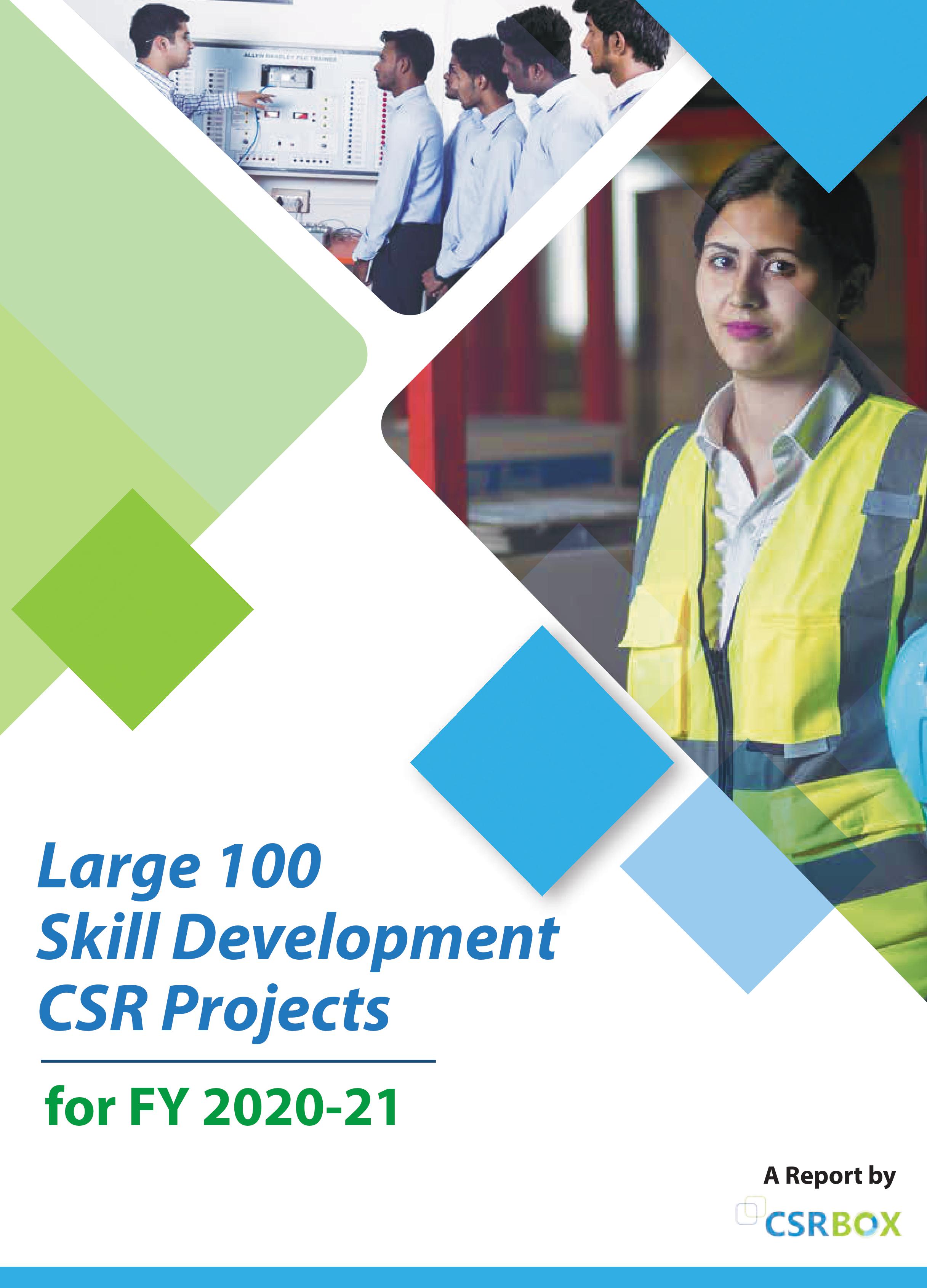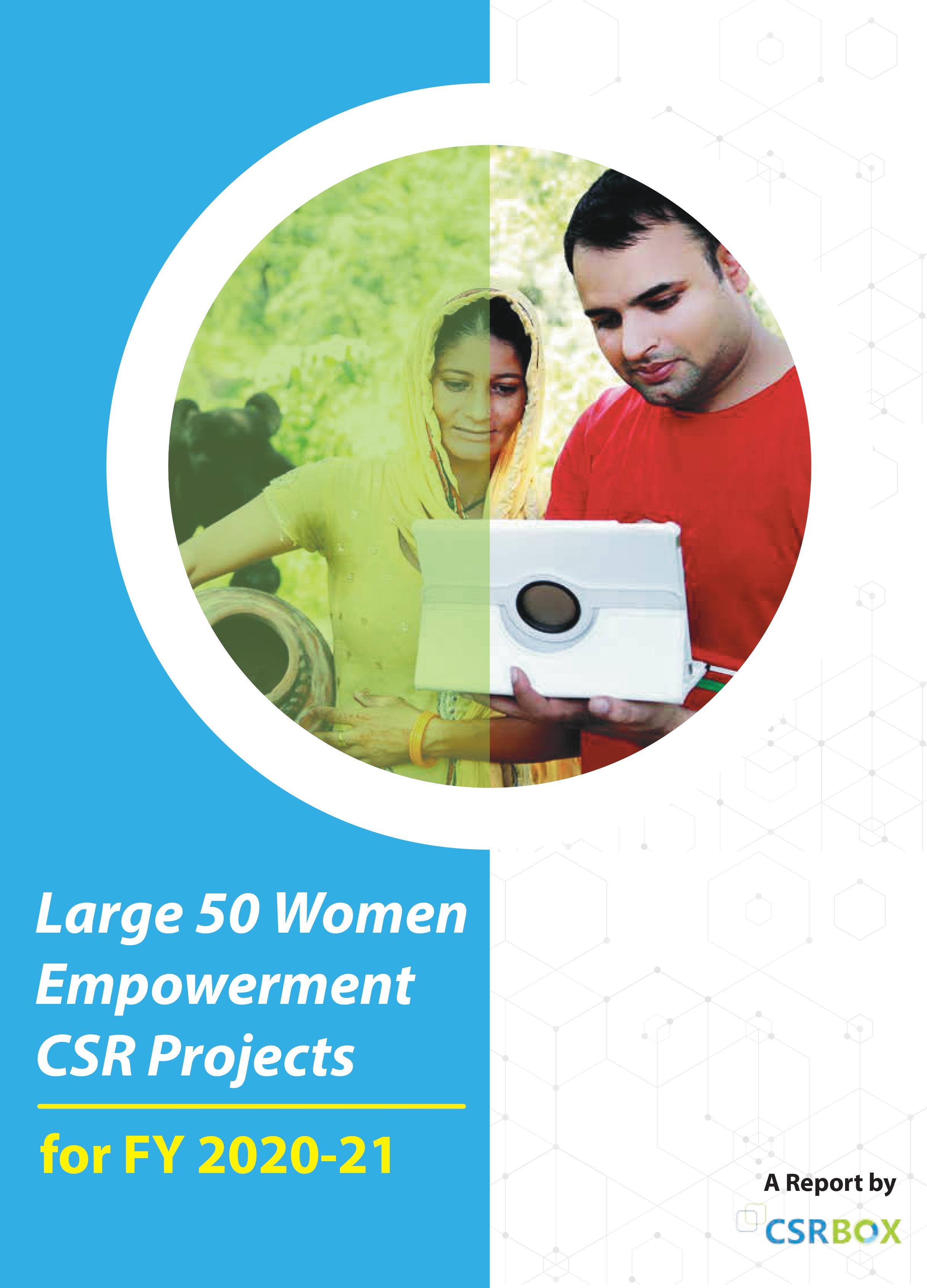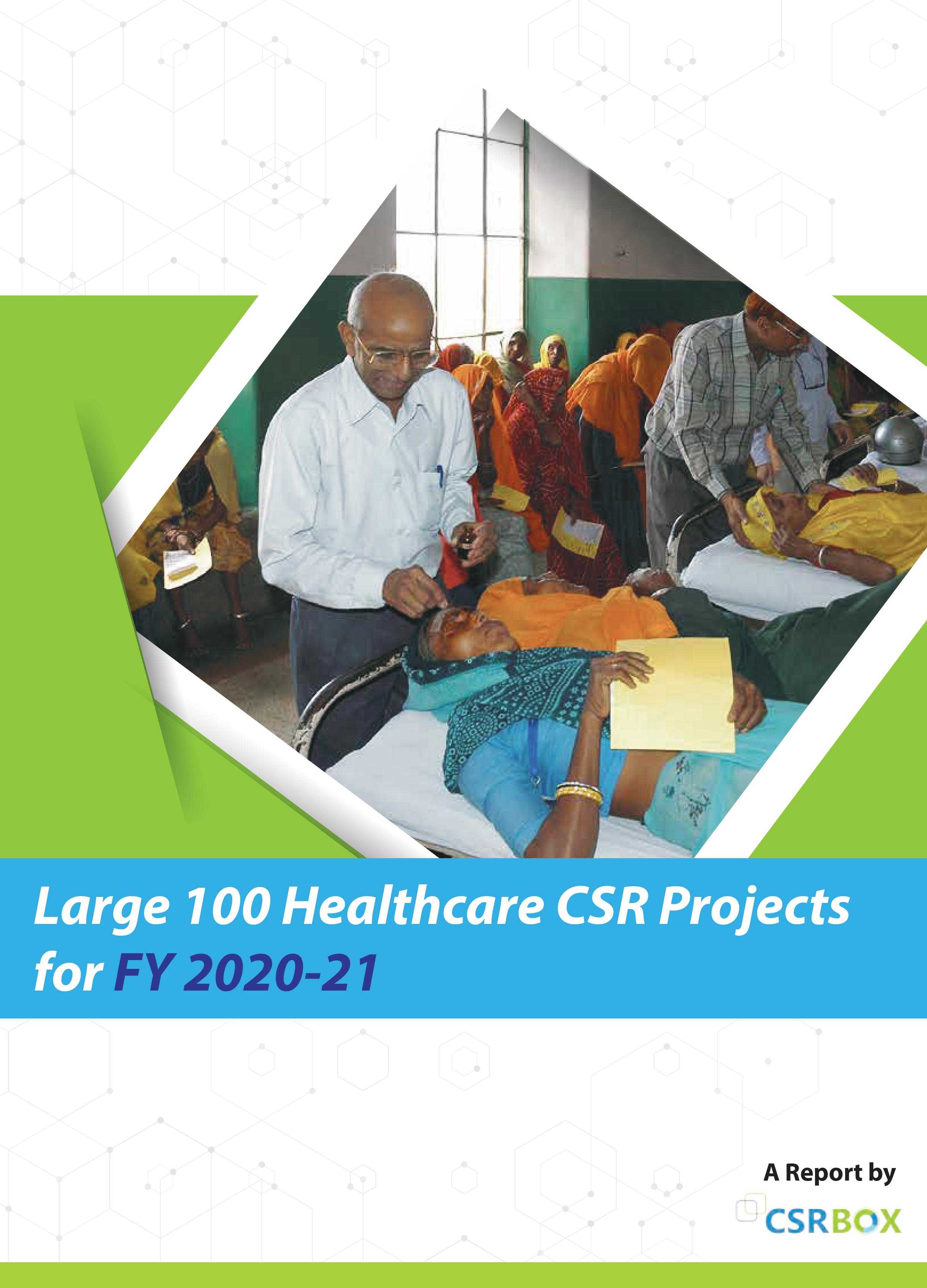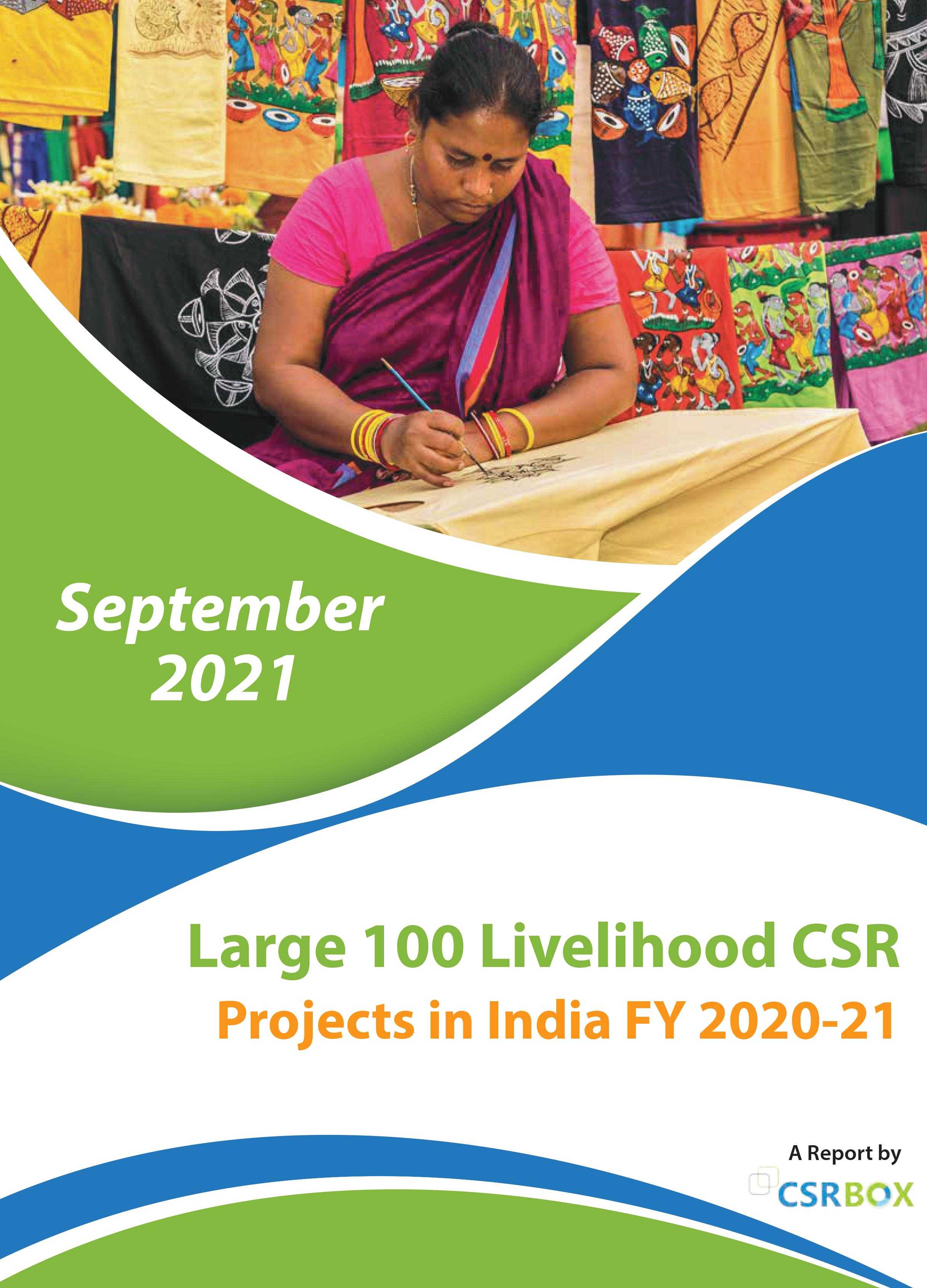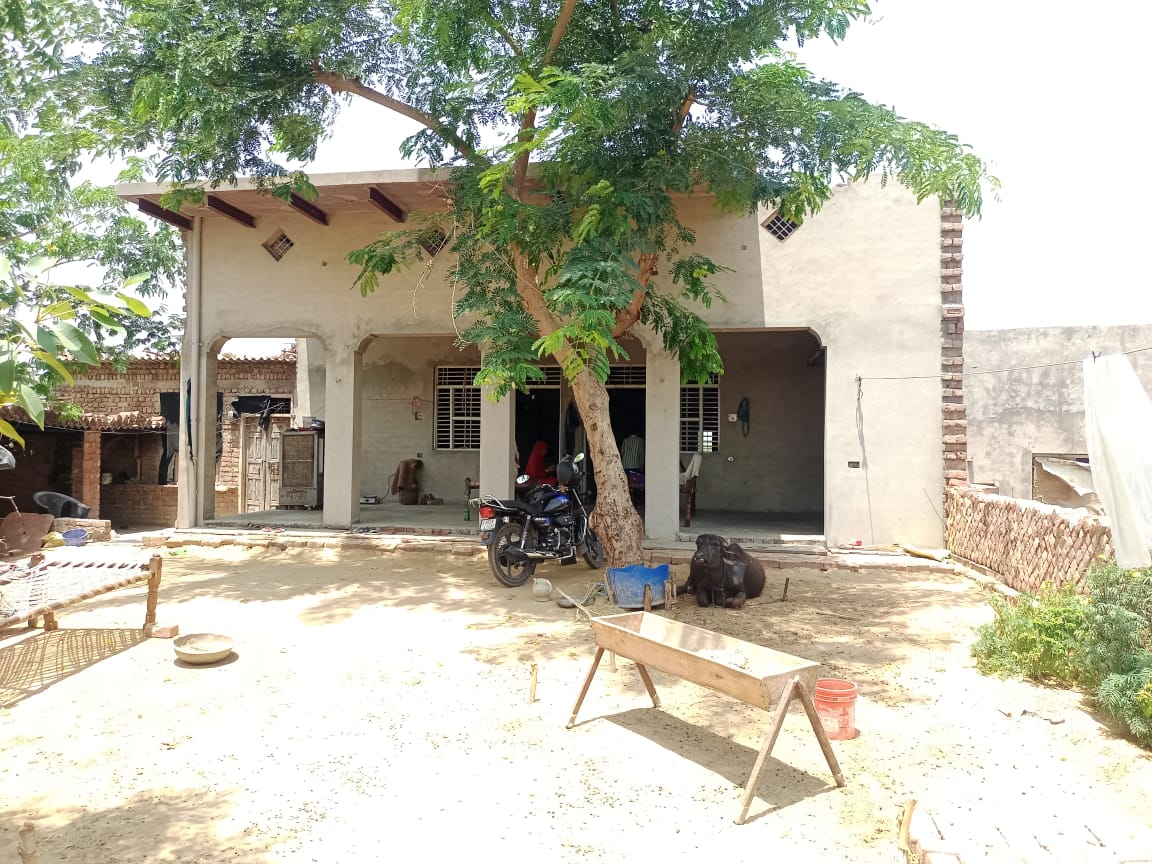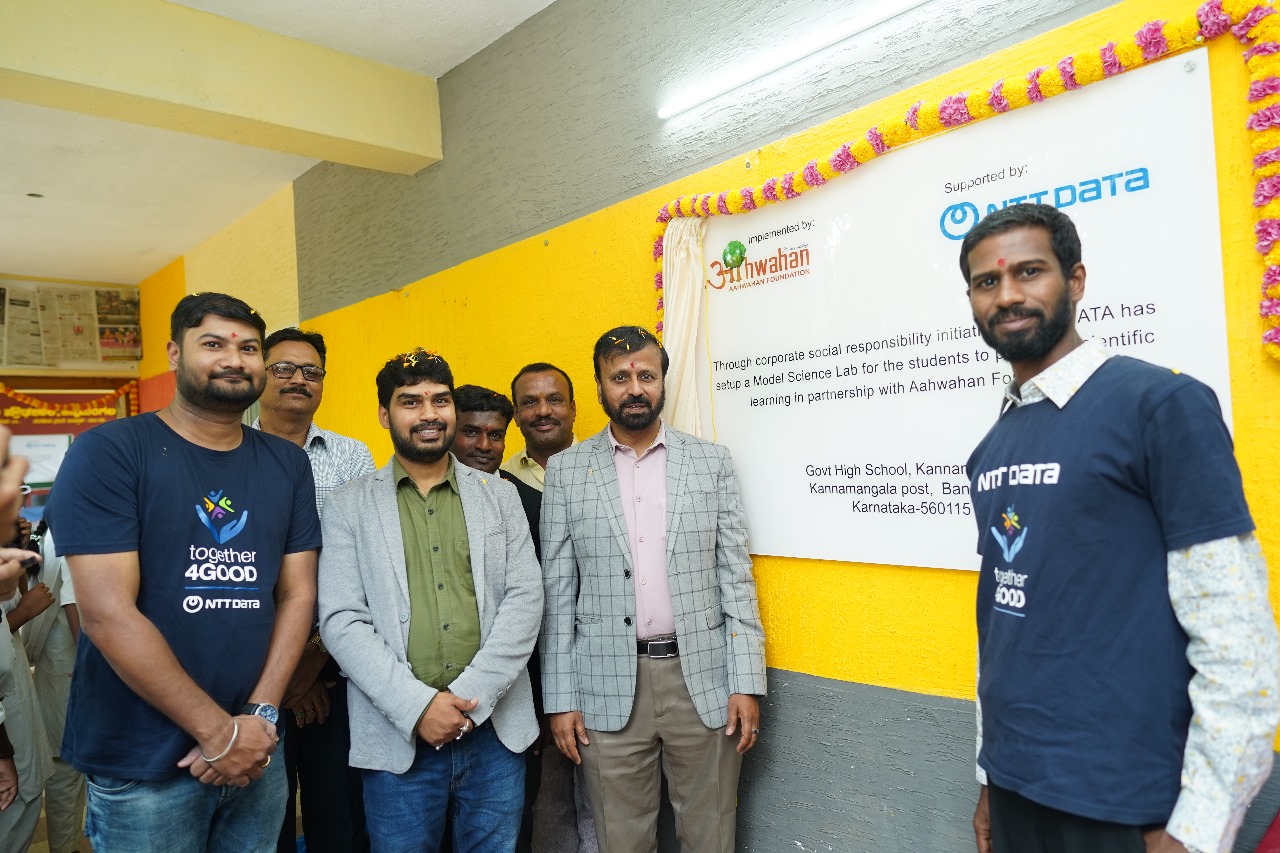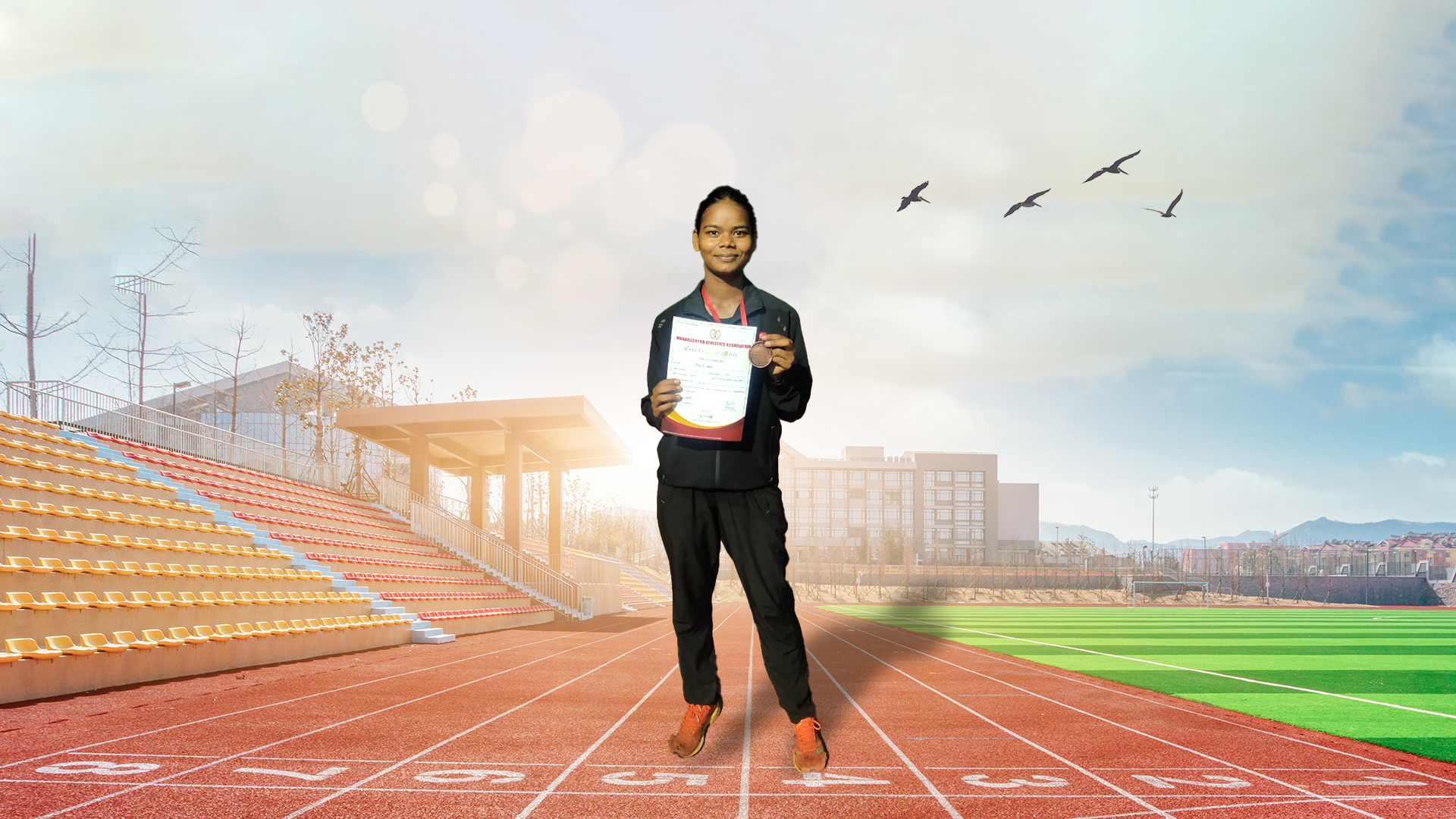Subscribe our Weekly Newsletter
RFP: Demand Gap Modelling

Organization: Girl Effect
Apply By: 16 Jun 2021
About the Organization:
Girl Effect is an international non-profit that builds media that girls want, trust and need. From chat-bots to chat shows, TV dramas to tech, our content helps adolescent girls in Africa and Asia make choices and changes in their lives. We create safe spaces for girls, sharing facts and answering questions about health, nutrition, education, and relationships, empowering girls with the skills to negotiate and redefine what they are told is possible “for a girl”. Our reach is 20 million and counting. And we’re using technology to reach girls at scale so every girl can choose to be in control of her body, her health, her learning and her livelihood. Because when a girl unlocks her power to make different choices that change her life, it inspires others to do so too. She starts a ripple effect that impacts her family, her community, her country. That’s the Girl Effect.
Context of Assignment: Our work and Demand Generation:
We know that across our focus thematic areas - sexual health and reproductive rights (SRHR), economic empowerment (EE) and education, and the geographies we work in most extensively (India, Ethiopia, Tanzania and Rwanda) there is a significant supply of services - across the governmental, private, and non-profit sectors. But we also know that in many cases that supply is not met by demand and service uptake - and that social norms, girls’ awareness and understanding, service design, and other factors prevent demand from being at a level equal to that of supply. Further, it’s clear to us that the demographics of girls who are engaging with those services are often highly skewed - whether that be on (non-exhaustively) racial, age, caste, class, ethnic group, disability status, language lines.
Our work seeks to address those gaps in demand and service uptake: through our trusted media products and deep understanding of girls’ lives, we empower girls to access services (which include telemedicine, job readiness training, contraception and STI services etc) - tapping into the significant investment in providing those services and new opportunities for those that do so.
Each of our programmes is grounded in the reality of the service and uptake landscape for the girls it seeks to engage with. However, to date, we have not found a coherent way of pulling together how we think about, talk about, and quantify those gaps across different thematic areas and different geographies - particularly as the underlying data we use is frequently incoherent. We are preparing for a period of rapid income and programmatic growth, and are investing in strengthening both our understanding of the scale and specifics of this ‘demand gap’ and how we can powerfully illustrate this gap - and what it represents - to our funding and programming partners. That means that the outputs of this engagement will not only immediately impact how we think about our work, but will also help us further strengthen how we are able to frame the criticality of demand generation - with an aim to unlocking further investment in this area.
A model that grows with Girl Effect:
We are seeking support in the development of a model/framework for understanding and quantifying that demand/uptake gap. Such a model:
- Will need to be workable across different thematics and geographies at different granularities - i.e. will need to be able to engage with disparate data sets and publicly available information. Clearly, this may entail a degree of approximation/extrapolation
- Will talk to both the quantum of unused services (e.g. clinic slots, training places, vaccination doses) and (an approximation of) the financial investment that unused provision represents. For clarity: we do not envisage the model attempting to elucidate the financial impact on users of uptake/non-uptake of services - but rather the level of investment by governments or the non-profit sector in making available services that are either not used or used in a highly inequitable manner.
- Will frame both the overall gap in uptake for a specific service/type of service in a specific geography, and allow for a segmented understanding of the demographics of girls that are and are not engaging with different services. Again, the model will need to take account of the ‘patchy’ availability of different data sets
- Will be handed over to Girl Effect to be used to analyse different thematic and different geographies over time. This handover includes both the model IP, but also critically, a training/coaching journey with a model ‘owner’ within Girl Effect.
- Will be brought to life through an initial set of data points, to be produced by and attributed back to, the successful supplier. Girl Effect and the supplier will work together to pin down the desired data points as the model is being built.
Key Deliverables:
- Phase 1: A coherent model which uses publicly available and/or obtainable information to articulate the demand/uptake gap for specific (types of) services in specific geographies (which Girl Effect can use without ongoing support). This model would become Girl Effect’s intellectual property, but Girl Effect is open to a discussion about it also being used on an ongoing basis by the contractor.
- Phase 1: 10-20 data points obtained through use of the model - examples might include ‘the demand gap in relation to formal job training programmes for young adults in Tanzania’. The specific of these data points would be pinned down as the model is built and demonstrated to Girl Effect. We would envision these data points being attributed to the successful supplier for this TOR.
- Phase 2: A focussed training programme for key Girl Effect colleagues to understand how to use that model, with accompanying guidance notes/instructions
Who you are?
- An organization or individual with a track record of assessing or supporting organizations to understand their return on social investment, demand for social welfare services, or similar exercises
- Familiar with or experienced in working with contexts including some combination of India, Ethiopia, Tanzania, Rwanda, Nigeria & Kenya
- Highly conversant in the kinds of data sets this type of analysis will draw on
- Based anywhere in the world (we have a preference towards organizations/individuals that will deliver some or all of this work in the Global South), with an ability to contract with a UK-registered charity and limited company
- Able to resource this project in the coming months
Evaluation Criteria: The criteria against which proposals will be evaluated are listed below:
- Demonstrate the capability and capacity to meet the requirements of this TOR - 10%
- Staff with relevant experience as demonstrated by their CV/bios - 10%
- Geographical experience in areas we operate in - 10%
- Evidence of a minimum of three contactable references signed - 5%
- Methodology and approach in implementing the project and setting up the model- 10%
- Clarity of work plan and specific project activities - 5%
- Demonstrated experience in developing ‘demand models’ as well as understanding/quantifying service uptake, the social investment return on investment or similar - 20%
- Value for money/proposed budget breakdown - 30%
Deadline: 16th June, 2021
For more information, please check the Link
Latest Online Store
Latest Grants
© Renalysis Consultants Pvt Ltd












